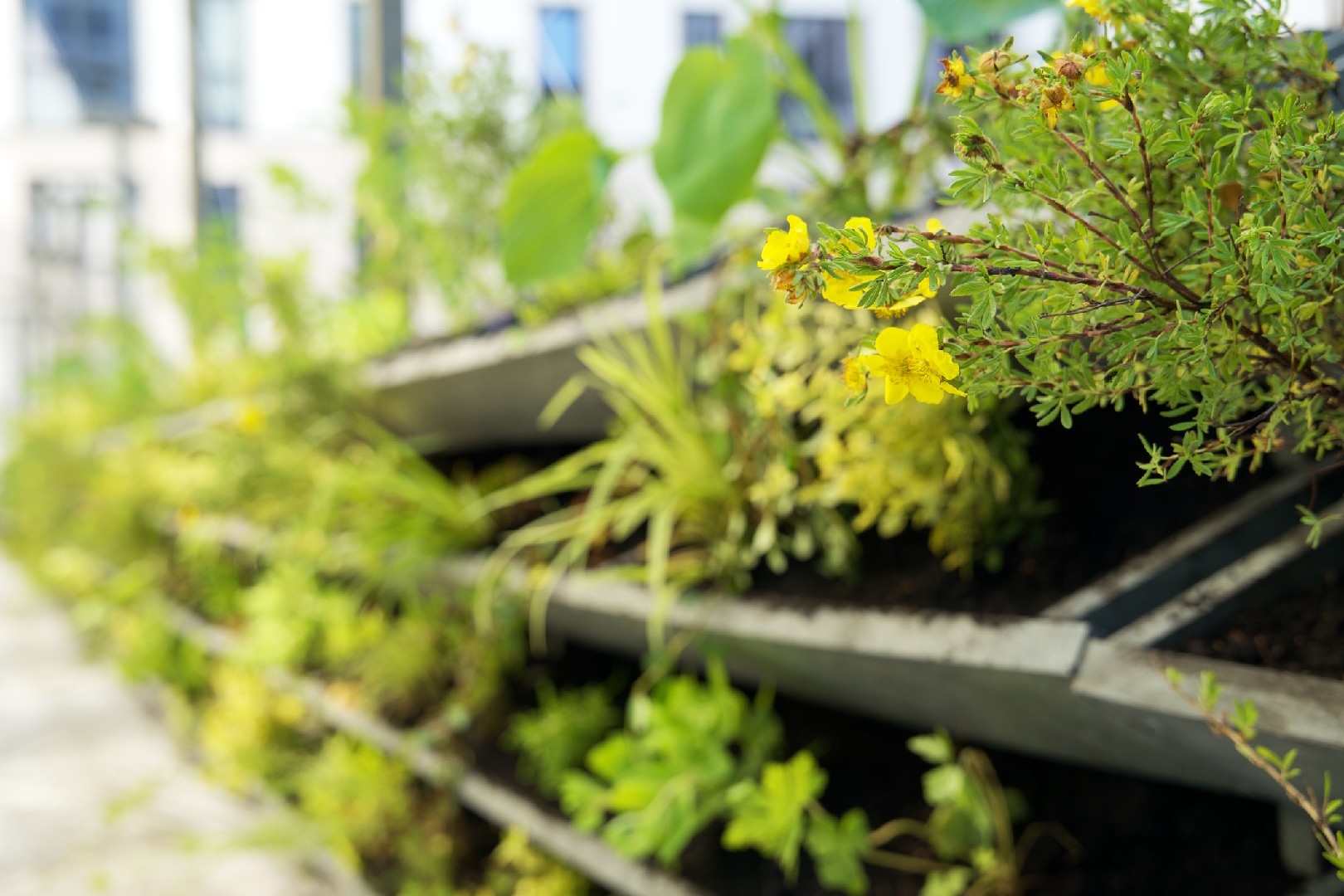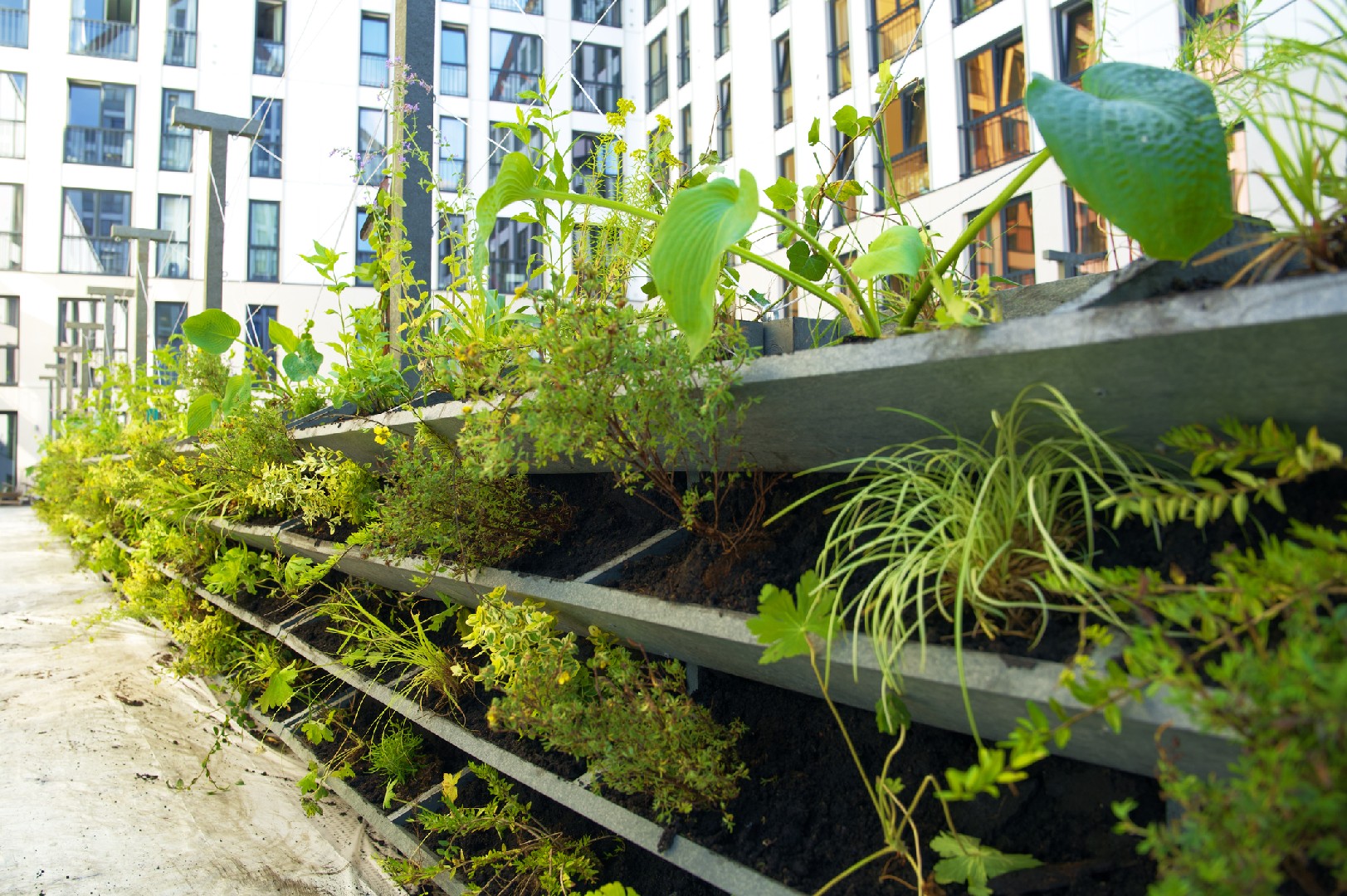![Rectangle]()
The Concept of Vertical Gardening
Vertical gardening is a unique and innovative technique that allows you to grow plants upwards rather than outwards, making it a perfect solution for limited spaces. By utilizing vertical space, you can transform even the tiniest balcony or patio into a lush green oasis. The concept is simple: instead of planting your herbs, flowers, or vegetables in traditional horizontal beds or containers, you plant them on vertical structures like walls, fences, or trellises. This not only maximizes your available space but also creates a visually appealing and stunning display of plants.
One of the main benefits of vertical gardening is its ability to save space. With the rapid urbanization and limited land availability, vertical gardening has become increasingly popular among urban dwellers. It allows you to make the most of your vertical surfaces, expanding your gardening possibilities without taking up precious floor space. This makes it an ideal solution for apartment dwellers, city residents, or anyone with a small backyard.
Choosing the right plants for your vertical garden is crucial to its success. You want plants that are well-suited for vertical growth, have shallow root systems, and can handle the confined space. Some ideal plants for vertical gardening include herbs like basil, mint, and thyme, leafy greens like lettuce and spinach, and flowers such as petunias and geraniums. It's important to consider the amount of sunlight your vertical garden receives and choose plants accordingly. Some plants thrive in full sun, while others prefer shaded areas.
When it comes to maintaining your vertical garden, there are a few important factors to keep in mind. First, ensure that your vertical structures are sturdy and can support the weight of the plants. Regularly check for any signs of damage or instability. Next, watering is critical for the health of your plants. Since vertical gardens have a smaller soil volume, they can dry out quickly. Consider installing a drip irrigation system or regularly hand-watering the plants. Finally, regular pruning and trimming are essential to keep your vertical garden looking neat and well-maintained.
In conclusion, vertical gardening is a practical and efficient way to grow plants in limited spaces. By understanding the concept, benefits, and factors to consider when choosing plants, you can create your own vertical garden and enjoy the beauty of nature even in the smallest of spaces. Whether you're an urban dweller, a gardening enthusiast, or someone looking to add greenery to your living space, vertical gardening is an excellent technique that offers countless possibilities.





